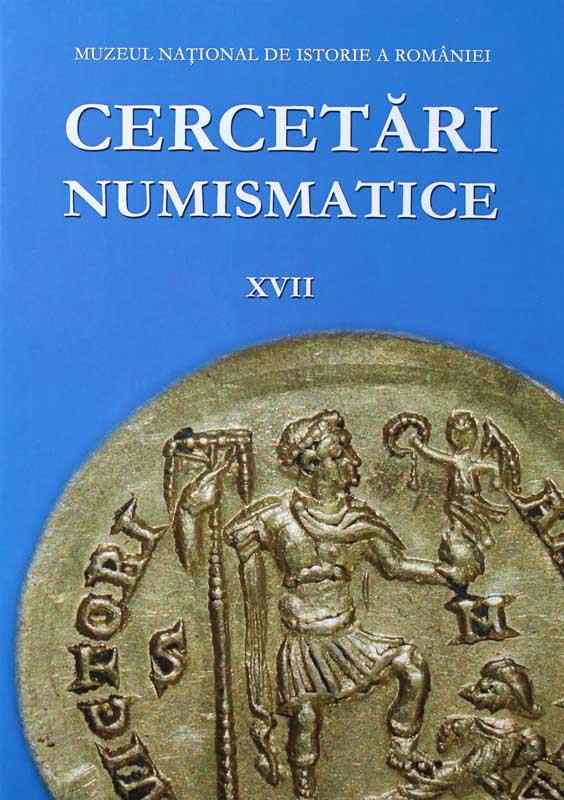
Despre câteva descoperiri izolate de semne premonetare şi monetare din teritoriul pontic / Some Stray Finds of Premonetary and Monetary Signs from the Pontic Region
| Autori |
|
| Secţiunea |
|
| Limba de redactare | română |
| Descriptori |
|
| Excerpt | In time, depending on the level of development reached by a local community or area, a number of products in crude state or processed begin to have a larger bearing on the market, being compared with others and being transformed, in certain circumstances, into units of value. The author presents two possible categories of pre-monetary metal tools that were part of the coastal areas (or close to them) inhabited by Thracian, Scythian and Greek populations from the west coast of the Black Sea. A first category is made of silver and bronze axes cast into individual molds. They could be used either as jewelry or as symbols of power and were "linked" in necklaces or bracelets worn individually or as a neck collar. It is very difficult to determine if these parts served a religious purpose. However, they seem to belong to the category of "special goods with unique value." The parts mentioned are found in Dobrudja and might have been produced in Thrace and later circulated in trade. In chronological terms during the 7th-5th centuries BC. they appeared to the local communities ("physical as arms and symbolic by tradition"). A second category is made of pre-monetary signs of metal bows, made all in miniature version. They would copy the Scythian bow, from Histria chora, and are cast in different patterns. These seem, in our opinion, to be dated To the seventh-fifth centuries BC (although the only available archeological context for this type of find would suggest continuous use into the fourth century) From the category of monetary signs we mention six specimens of special cast arrowheads with monetary role. All are made of bronze and have been found either in the course of archaeological excavations at Vadu, (Corbu, Constanta county) or accidentally (Constanta, Constanţa County, Pantelimonul de Sus, county of Constanţa and Slava Rusă, Slava Cercheză, Tulcea county). Finds within the walls of a polis (Tomis), or in domestic Greek settlements from the Pontic coast or within the region should also be mentioned. Their find outside the colonial hinterland remains an exception and their occasional appearance in local Greek settlements, in isolation, should be reported and interpreted from case to case. |
| Paginaţia | 15-25 |
| Descarcă fişierul | |
| Titlul volumului de apariție | |
| Editura | Publicat de: Muzeul Naţional de Istorie a României |
| Loc publicare | Bucureşti |


